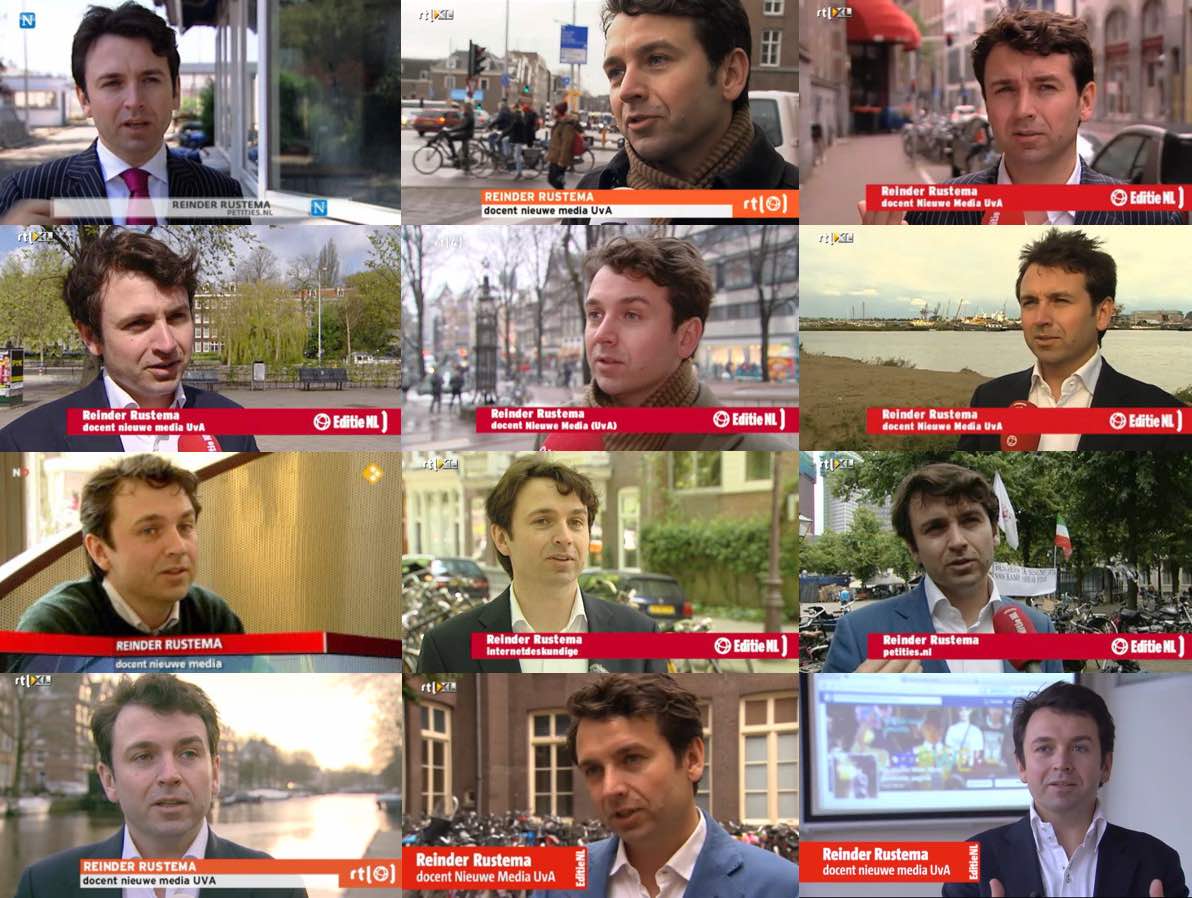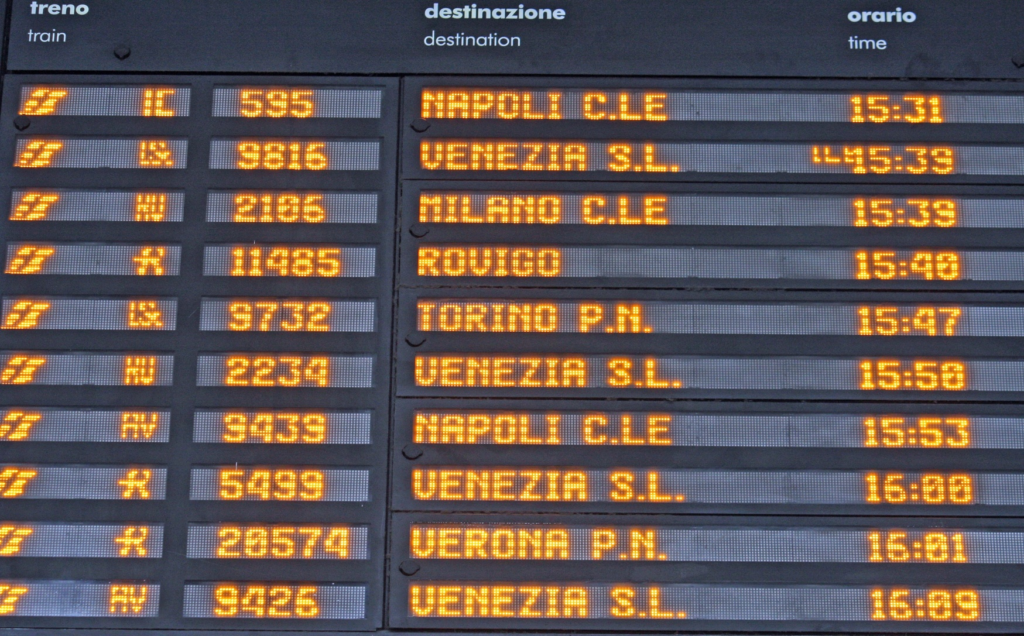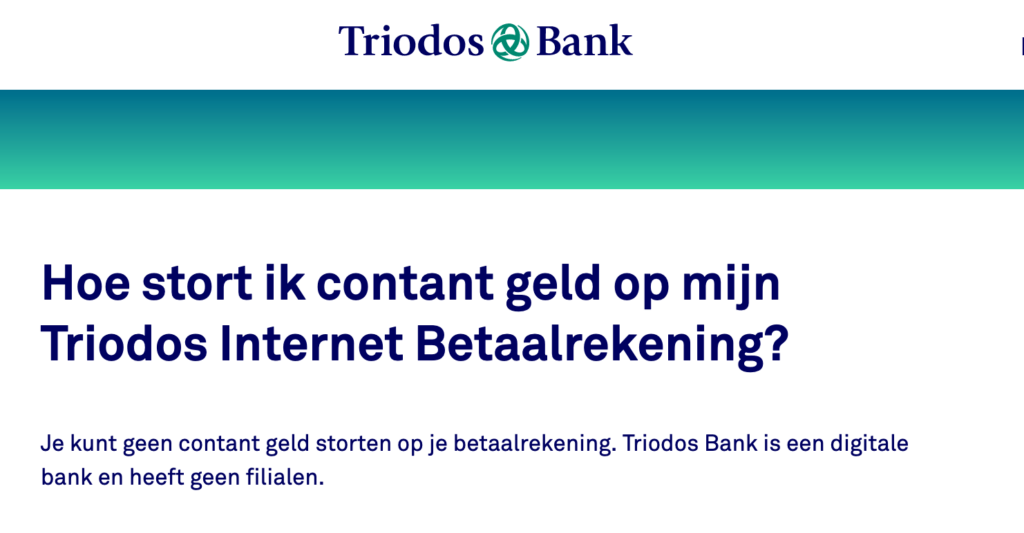Op deze blog geef ik een lijst met dingen die ik doe en ben. Dat hoort bij het genre van een persoonlijke website, een homepage noemden we dat vroeger. Wat je doet en deed bepaalt voor een groot deel hoe je gezien wordt.
Maar ik realiseerde me de laatste tijd dat het beschrijven van mijn eigen gedrag over kan komen als moraliserend of evangeliserend. Iets als: “Ik doe dat, u zou dat ook moeten doen.” Groot misverstand.
Neen. Ik doe het vooral uit nieuwsgierigheid naar de obstakels die ik tegenkom als ik mij op een, door mij beredeneerde, wenselijke manier gedraag. Als ik gaandeweg structuren als obstakels tegenkom dan kan ik daarover schrijven, een petitie over starten of iets dergelijks. Minstens geeft het mijzelf, misschien ook anderen, inzichten en inspiratie.
Het verwarrende schuilt hem erin dat een dominante gedachtengang is dat je voordat je kritiek ‘mag’ leveren op wat dan ook eerst je eigen gedrag er op af moet stemmen. Je moet zuiver in de leer zijn ofzo. Als je bijvoorbeeld van mening bent dat de luchtvaartindustrie niet goed is voor de planeet, dan moet je eerst zelf stoppen met vliegen.
De collectieve wil van veel consumenten samen zou dan de markt bijsturen in de gewenste richting. Dat denken gaat uit van hele rationele mensen die veel informatie hebben en alle tijd om over al hun gedrag na te denken. Die moeten dan tegen al het lobby- en marketinggeweld van de industrie opboksen.
Zo werkt het niet in de praktijk natuurlijk. Vliegen is nu (2024) een goedkopere en efficiëntere manier om op je bestemming honderden of duizenden kilometers verderop te komen dan over land of zee. Er zijn allerlei voordelen waar de vliegindustrie van geniet die daarvoor zorgen. Het is de wetgever die daar een verandering in kan (en moet) brengen. Dat bereik je niet door vliegen op te geven. Dat moeten onze volksvertegenwoordigers doen.
Het argument van de vliegindustrie “men wil nou eenmaal graag vliegen” weerhoudt de wetgever nu om in te grijpen. Maar natuurlijk wil men onder deze omstandigheden graag vliegen. Dat verandert pas nà ingrijpen van de wetgever.
Maar je bereikt wel wat anders door niet te vliegen. De markt voor alternatieven groeit. Zo heb ik zelf wat spaargeld gestopt in een startup voor nachttreinen in Europa. Dit is inspirerend, want zo stuur ik mijn eigen interesse ook. Ik zie dan alle obstakels voor die onderneming en zijn gelijken. De vraag naar nachttreinen is ook enorm gegroeid, regelmatig zijn ze uitverkocht. Het is een andere manier van reizen, iets speciaals.
Hetzelfde geldt voor autorijden bijvoorbeeld. Door geen auto te bezitten gebruik ik het openbaar vervoer meer. Elk ritje dat ik daarmee maak is een extra stem om die verbinding, die bus, die trein te behouden. Het is marginaal minder schadelijke uitstoot, maar het kan net het verschil uitmaken om een lijn in stand te houden.
Als ik zeg dat ik geen vliegtuig pak of auto bezit dan word ik gezien als een activist op een missie. Want er zijn tegelijkertijd òòk veel activisten die bevangen zijn door het idee dat ze door hun individuele gedrag de markt kunnen sturen. En dat van de daken schreeuwen. Eigenlijk zijn ze dus de grootste gelovers in de vrije markt. De industrieel weet dat je veel aan marketing moet uitgeven om het gedrag van consumenten een beetje te veranderen. Ook al heb je nog zo’n mooi product, je moet het er wel in rammen bij de tv- en sociale media-kijkers.



